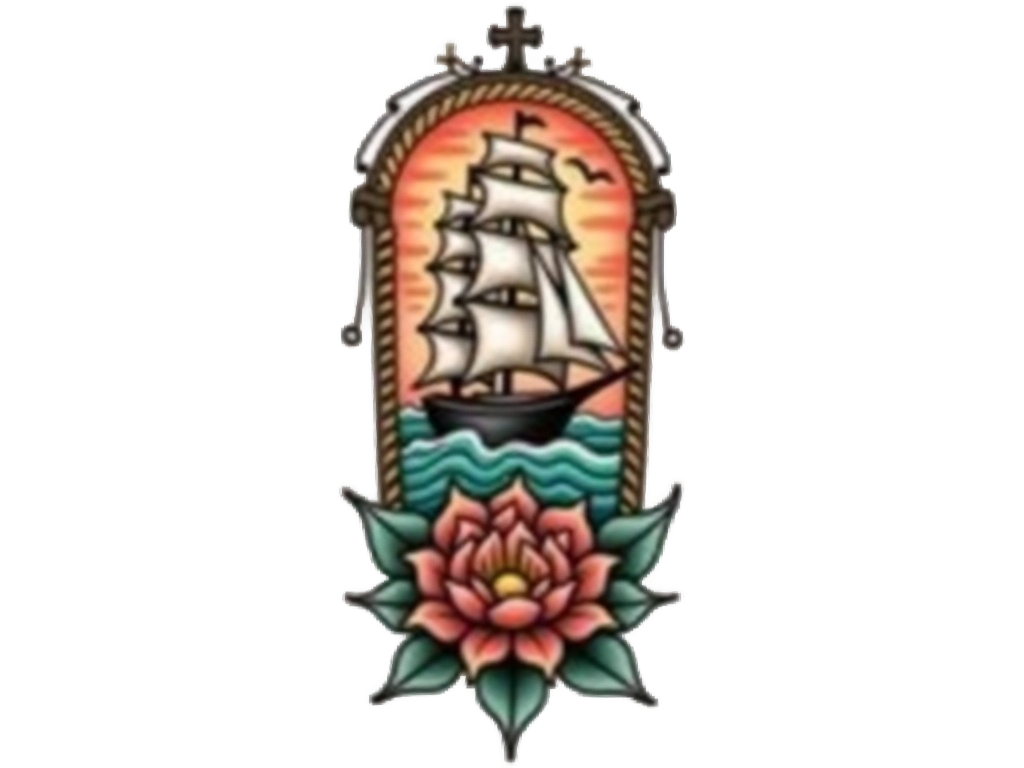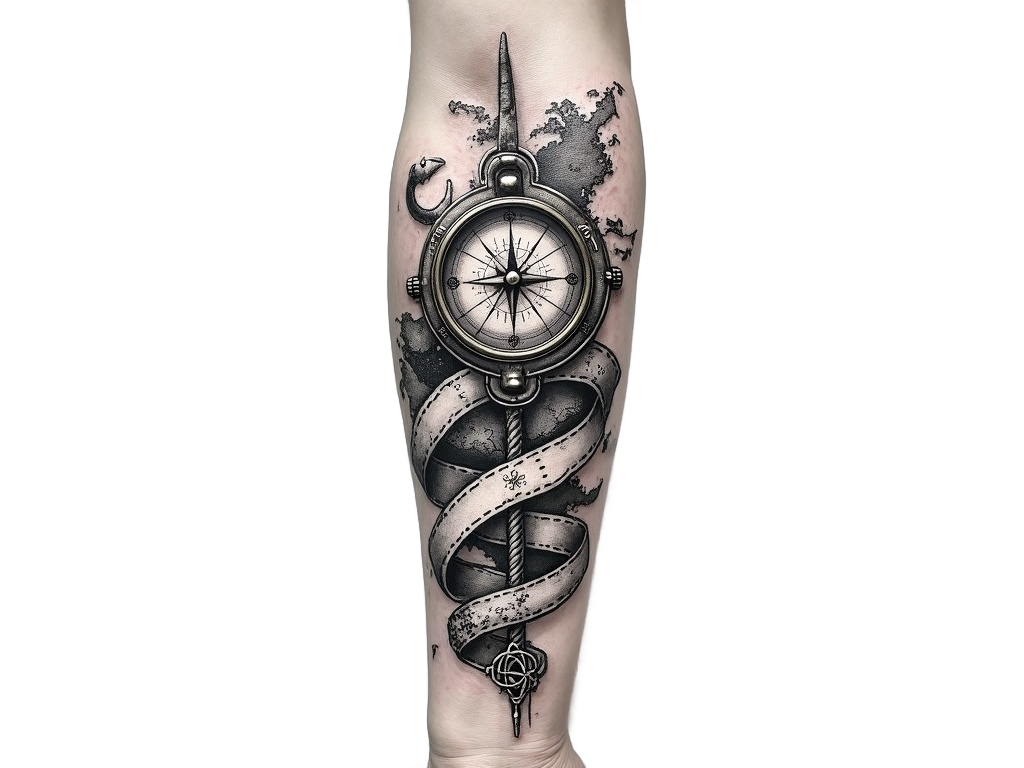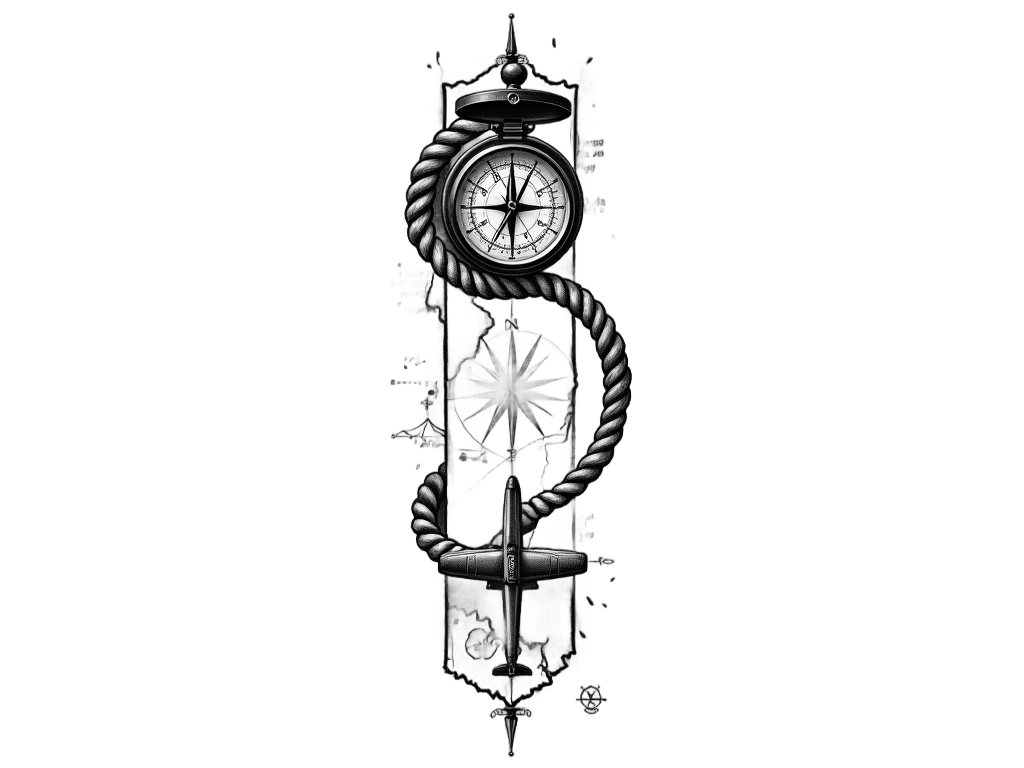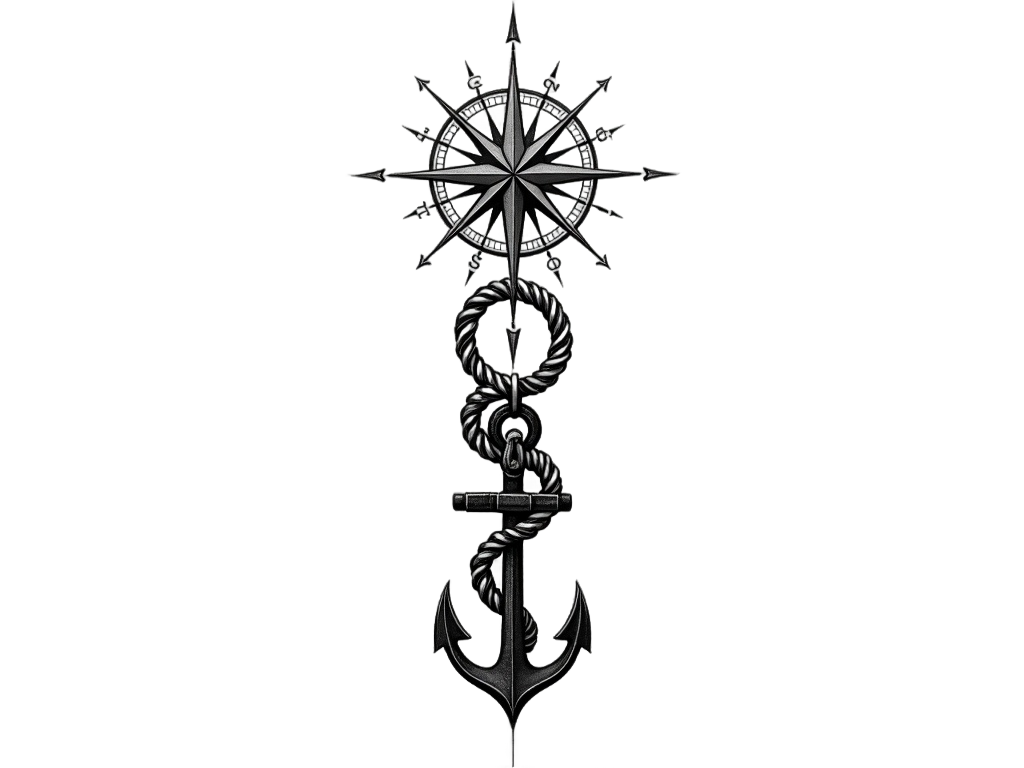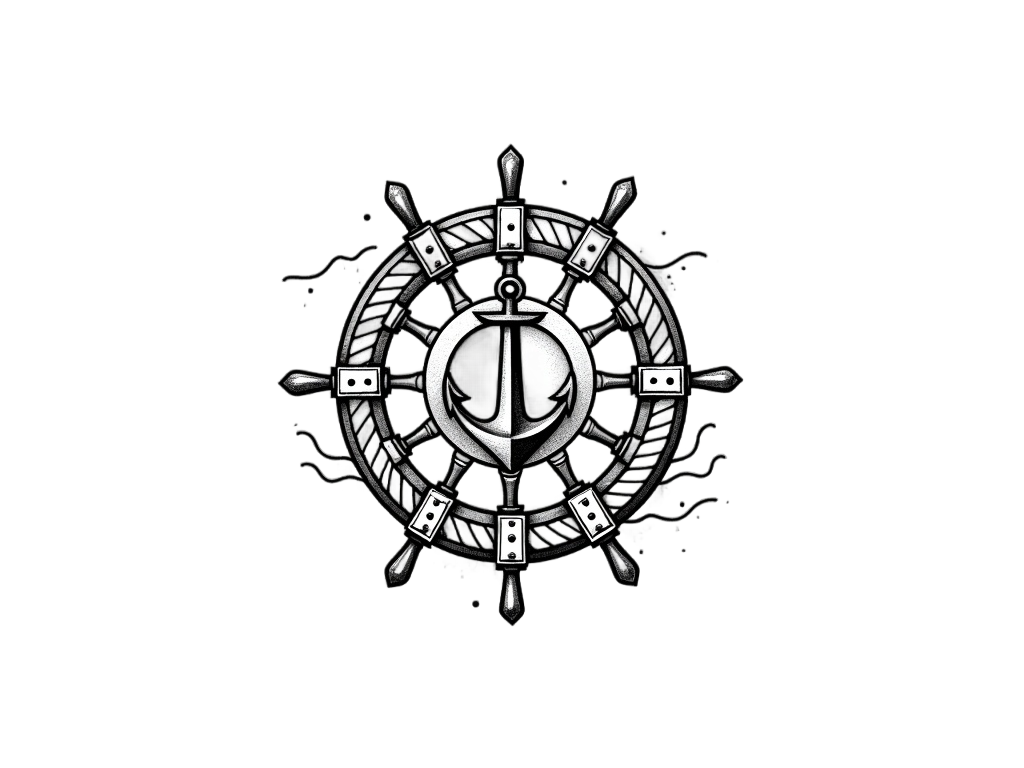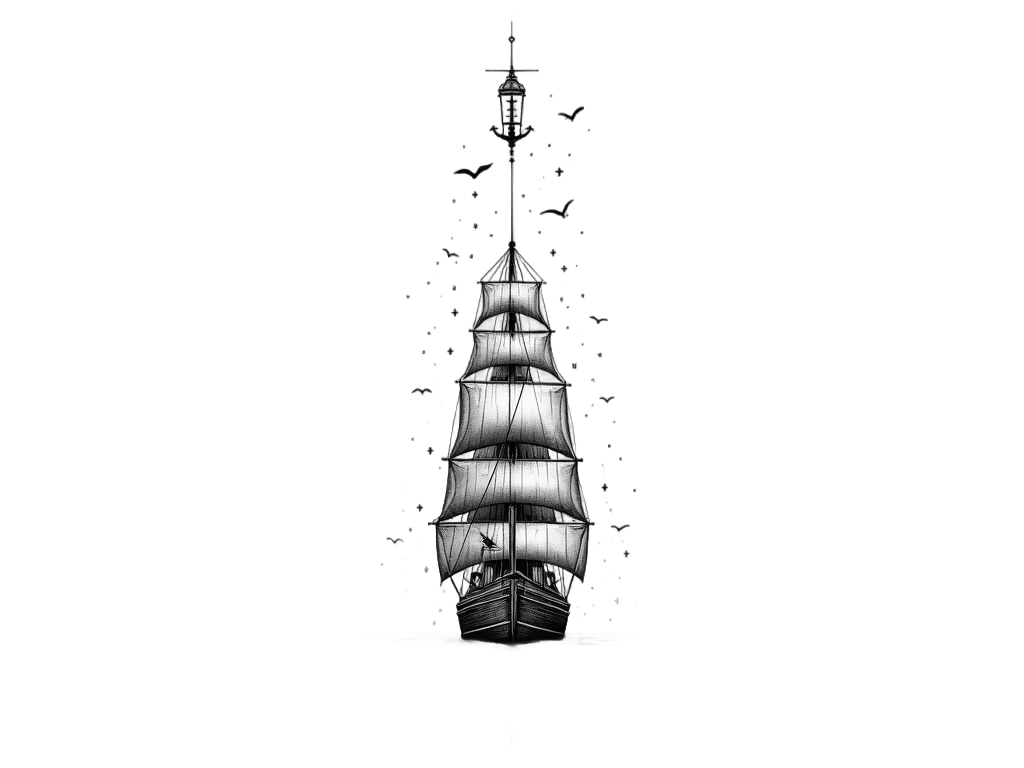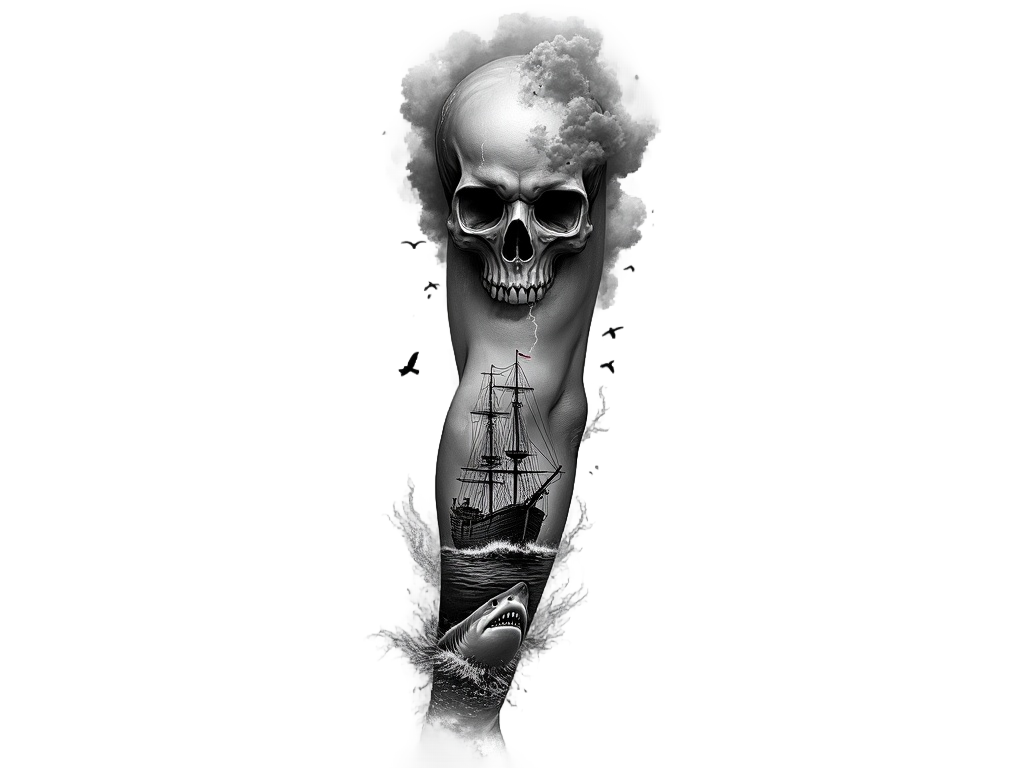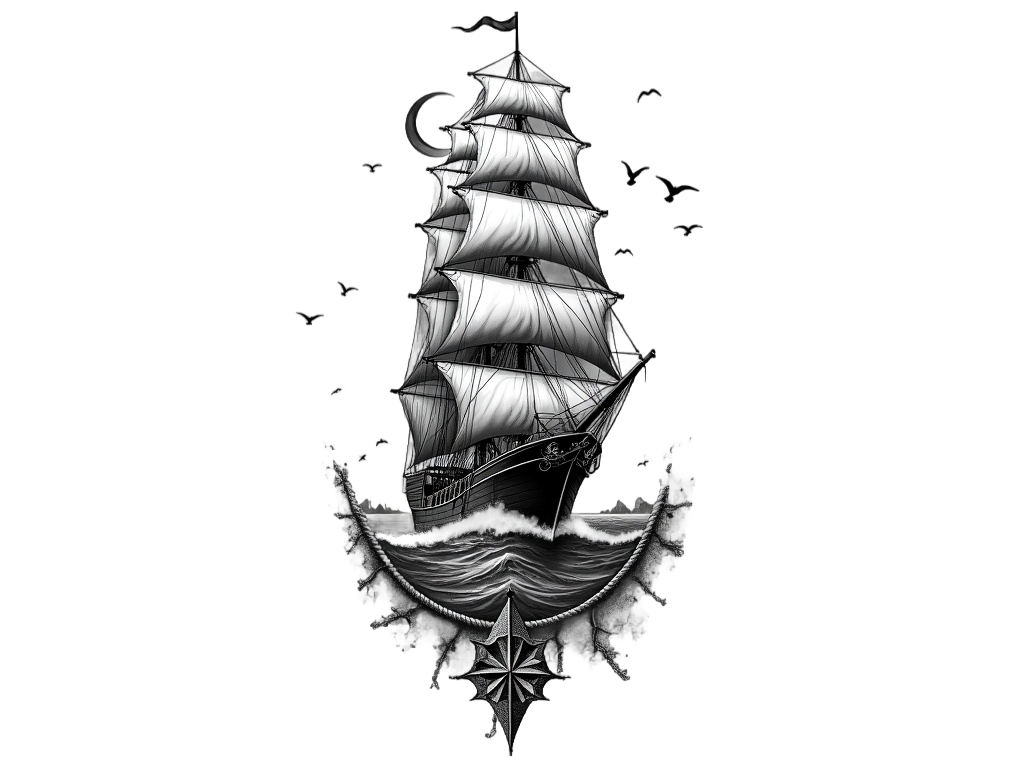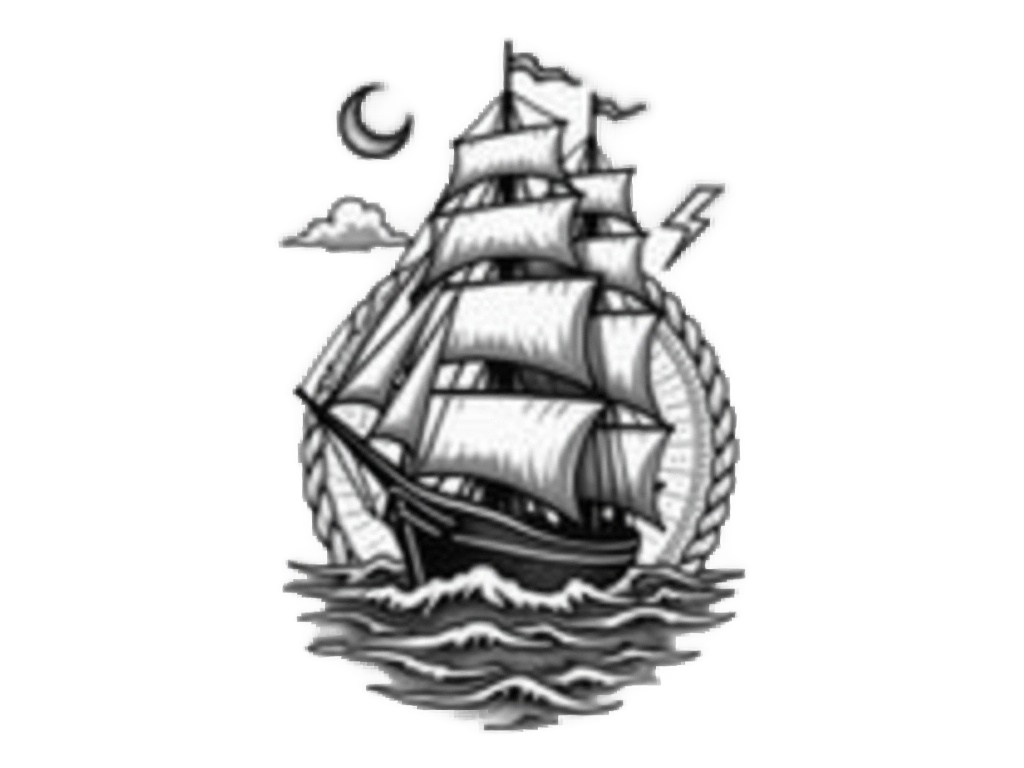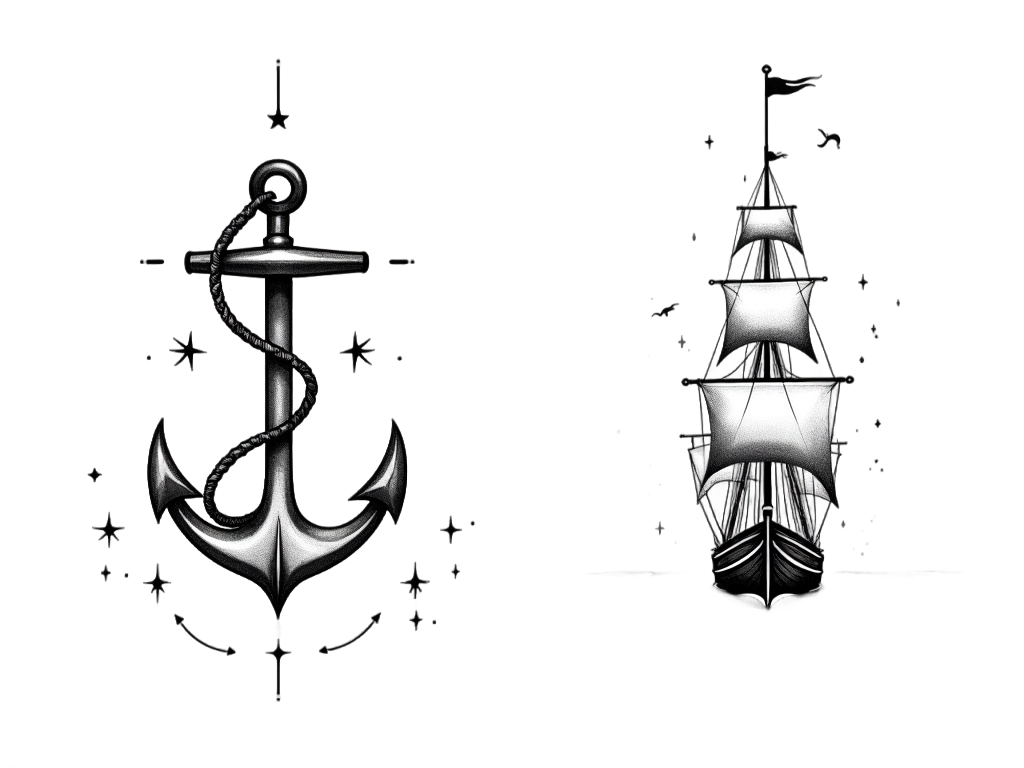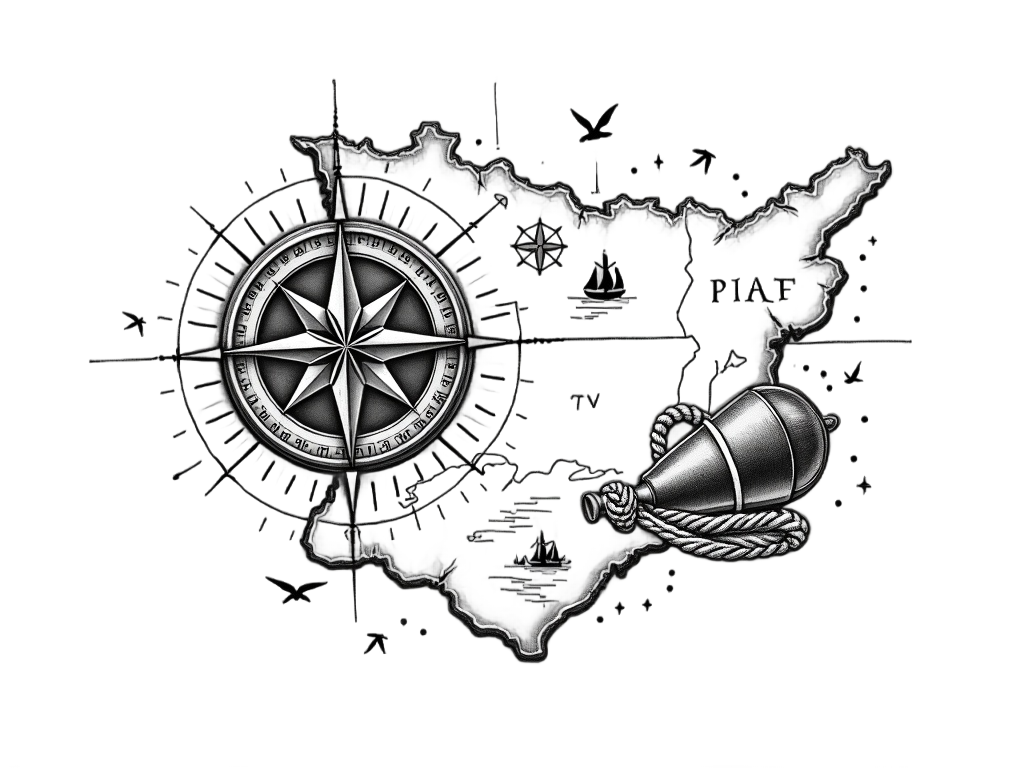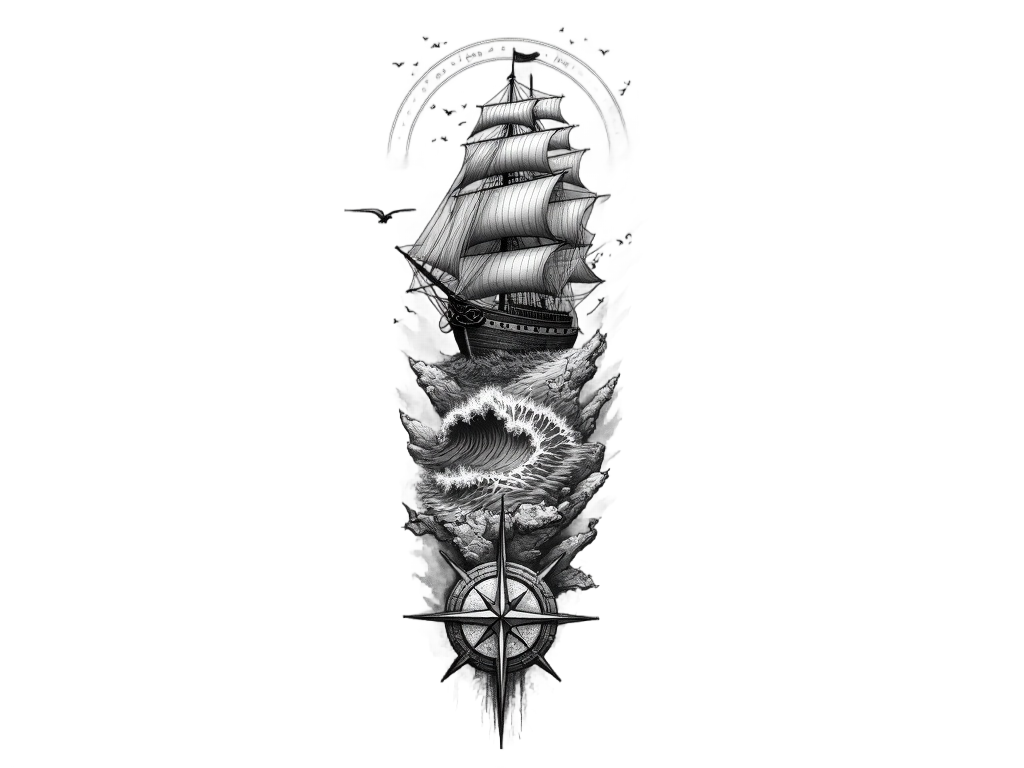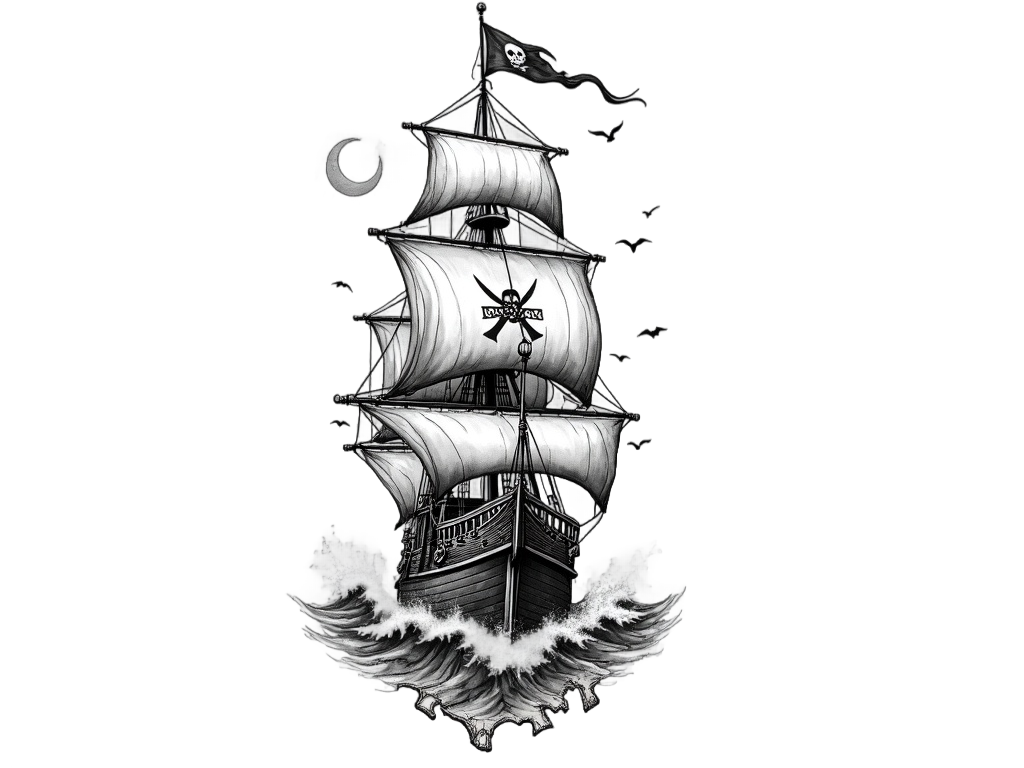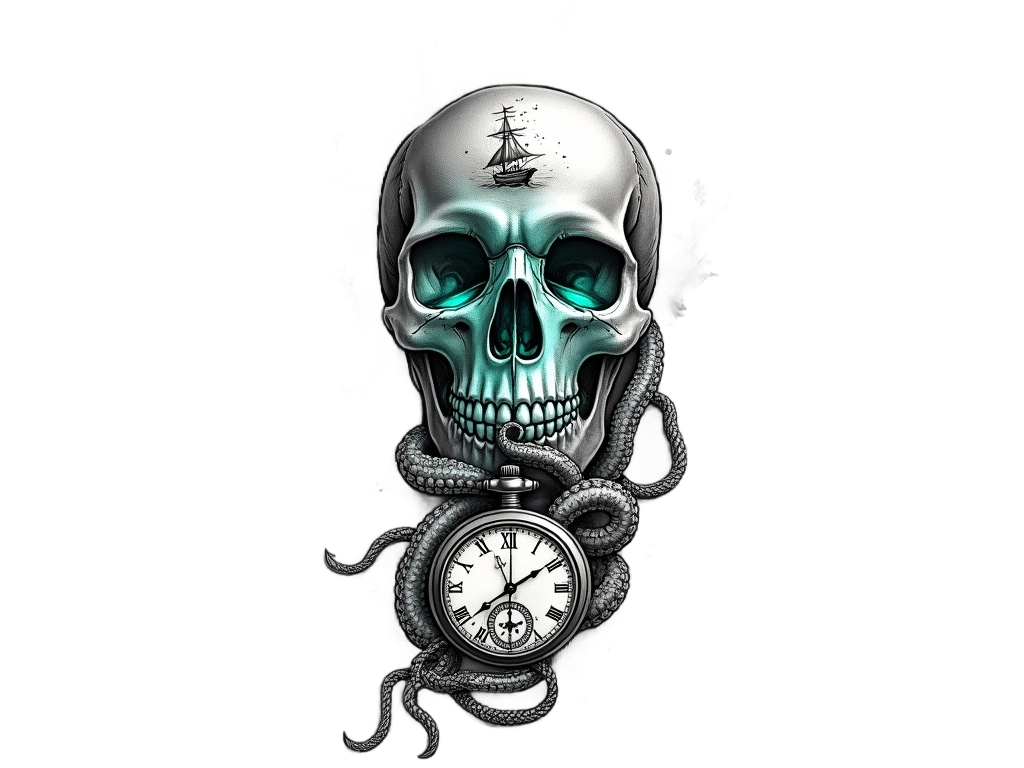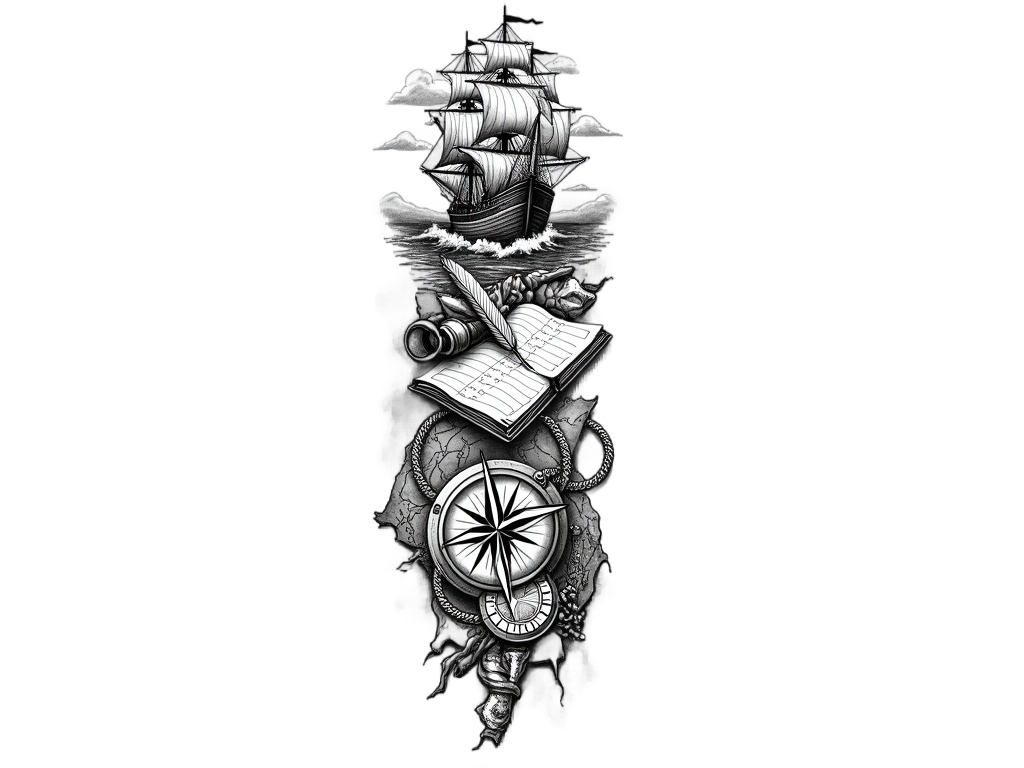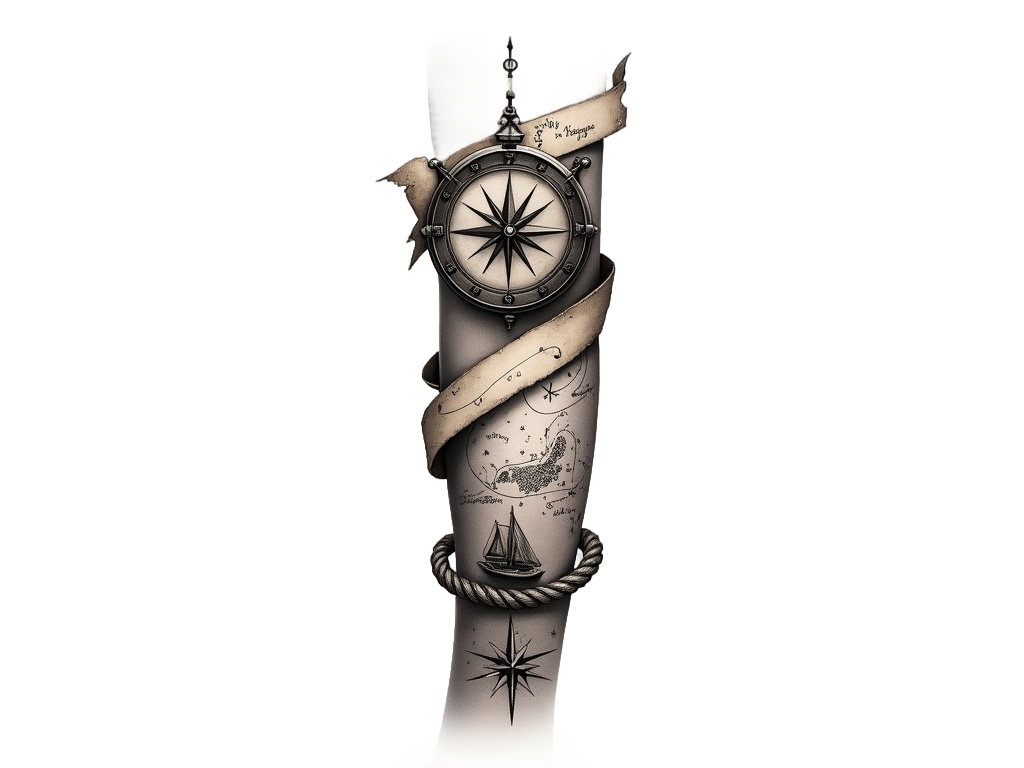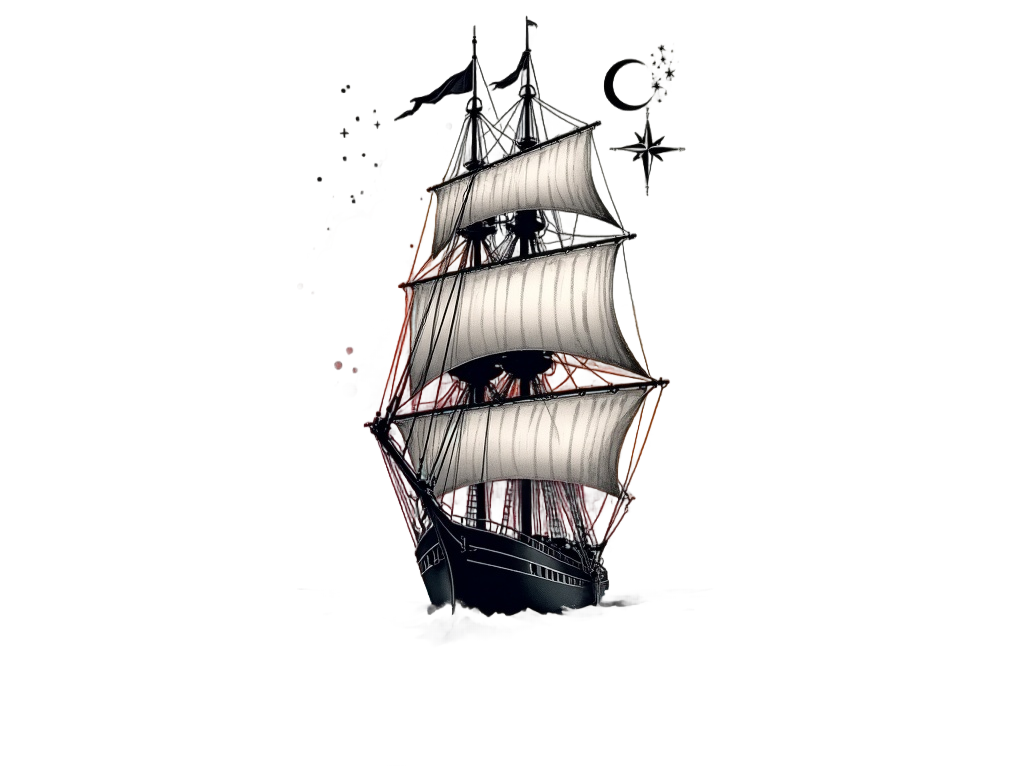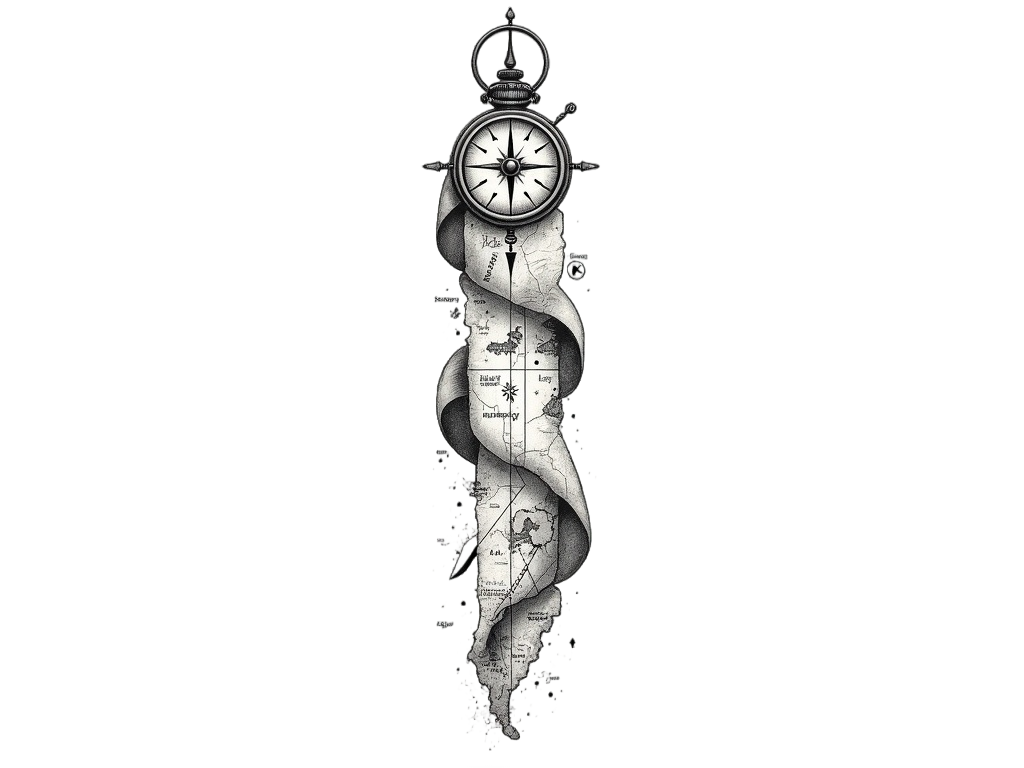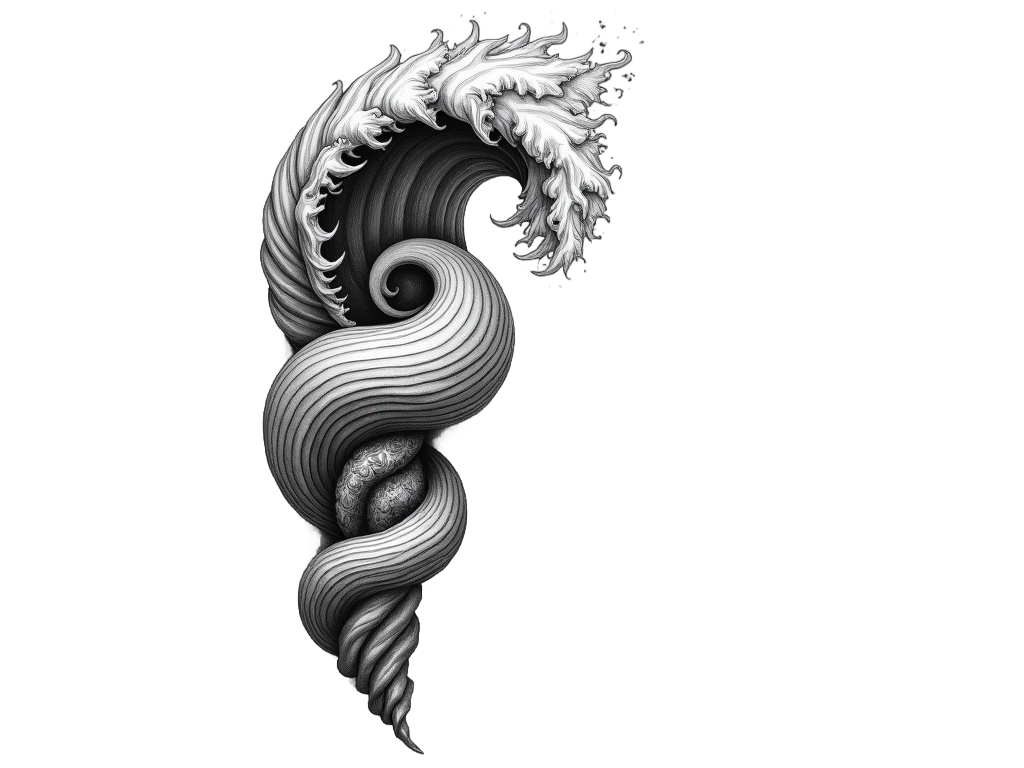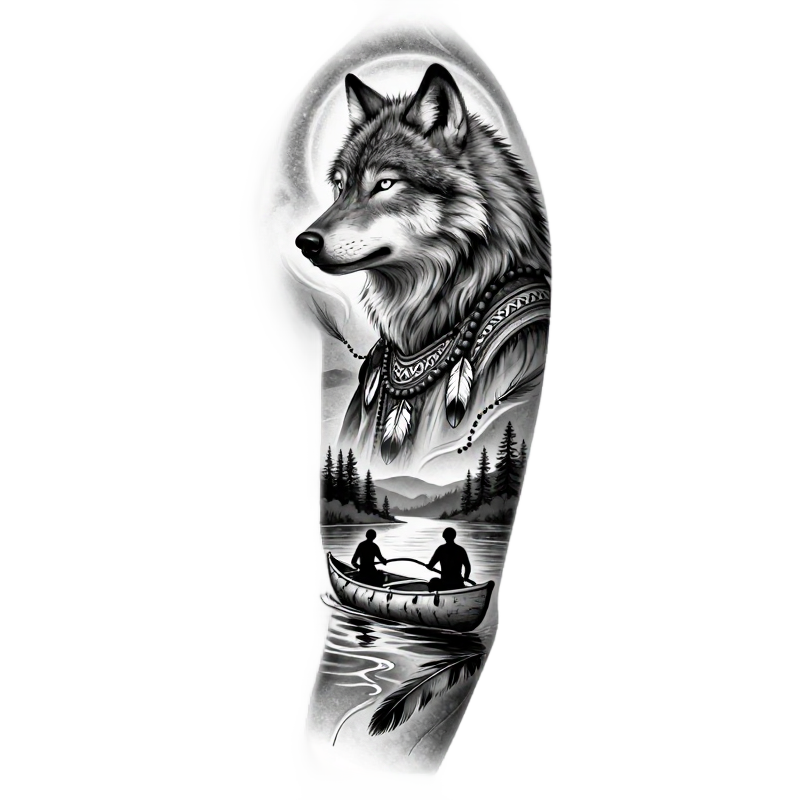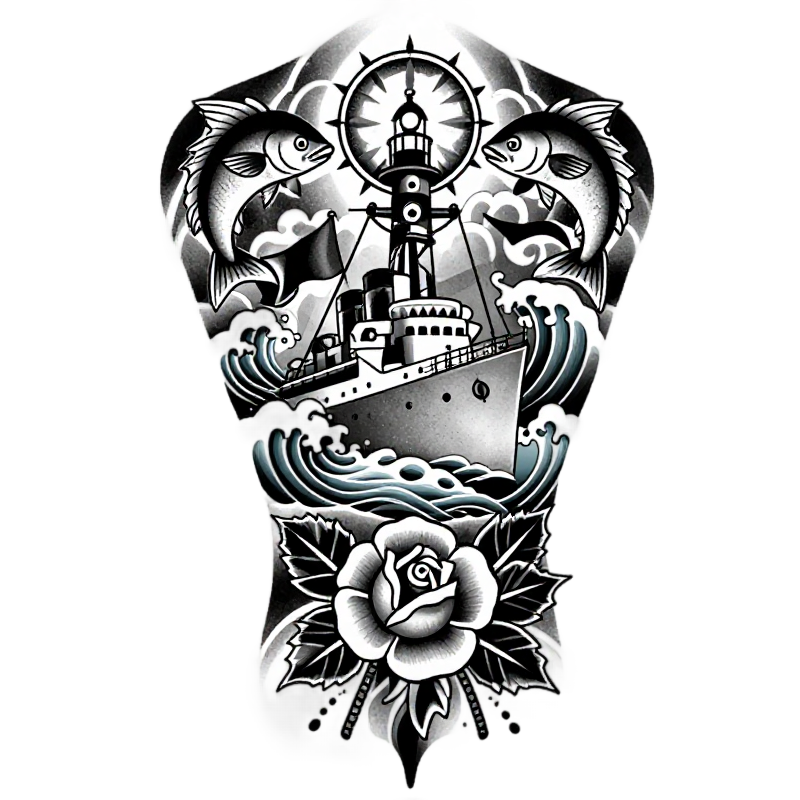Nautical Tattoo Ideas, Designs and Meaning
Meaning of Nautical Tattoos
- Nautical tattoos are deeply rooted in maritime culture and are often associated with sailors and seafaring life.
- Common meanings include guidance, protection, and a connection to the sea.
- Historically, sailors used nautical tattoos as talismans for safe passage and to signify their experiences at sea.
- Popular nautical symbols include anchors, compasses, ships, and nautical stars, each carrying its own specific meaning.
- Anchors symbolize stability and hope, often representing a safe return home.
- Compasses are seen as symbols of guidance and direction, helping one find their way.
- Nautical stars are believed to provide protection and guidance, often used as a symbol of finding one's path.
- Ships can represent adventure, exploration, and the journey of life.
- Nautical tattoos are popular among both men and women, often placed on arms, shoulders, or backs.
- The style of nautical tattoos can range from traditional American to more modern interpretations, often featuring bold lines and vibrant colors.
- Beyond maritime culture, nautical tattoos can symbolize a personal journey, a love for the ocean, or a tribute to a loved one who served at sea.
4,603 Tattoo Ideas
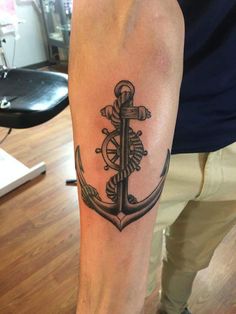

33 Nautical tattoo ideas | nautical tattoo, tattoos for guys, anchor tattoos
Selection from Pinterest
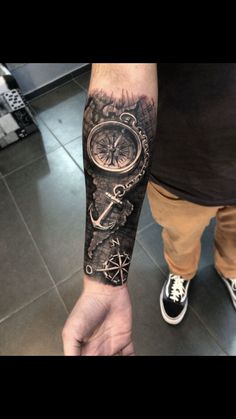

140 Nautical sleeves and nautical tattoo ideas to save today | sleeve tattoos, tattoos for guys, nautical tattoo sleeve and more
Selection from Pinterest


103 Cool Nautical Tattoos for Men
Selection from Pinterest


100 nautical tattoos sleeves and tattoos ideas to save today | nautical tattoo sleeve, sleeve tattoos, nautical tattoo and more
Selection from Pinterest


140 Nautical sleeves and nautical tattoo ideas to save today | sleeve tattoos, tattoos for guys, nautical tattoo sleeve and more
Selection from Pinterest
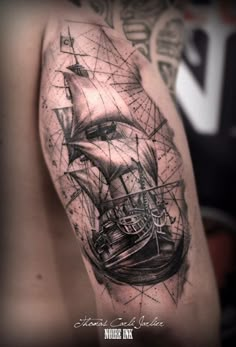

Discover 10 Ship tattoo and nautical tattoo ideas | ship tattoo, sleeve tattoos, tattoo designs and more
Selection from Pinterest
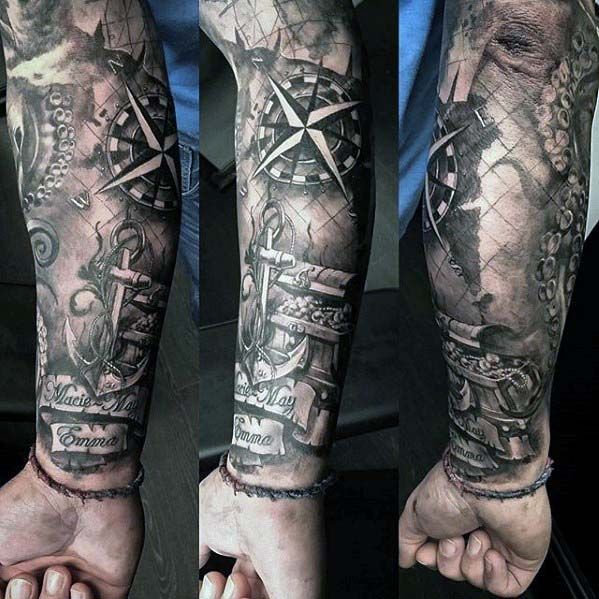

37 Nautical Sleeve Tattoos for Men
Selection from Pinterest
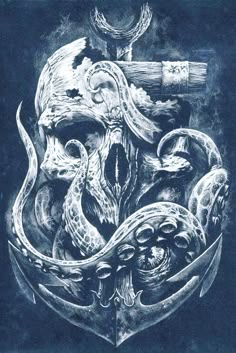

Discover 650 Nautical Tattoos and tattoos ideas on this Pinterest board | nautical tattoo, school tattoo, cool tattoos and more
Selection from Pinterest
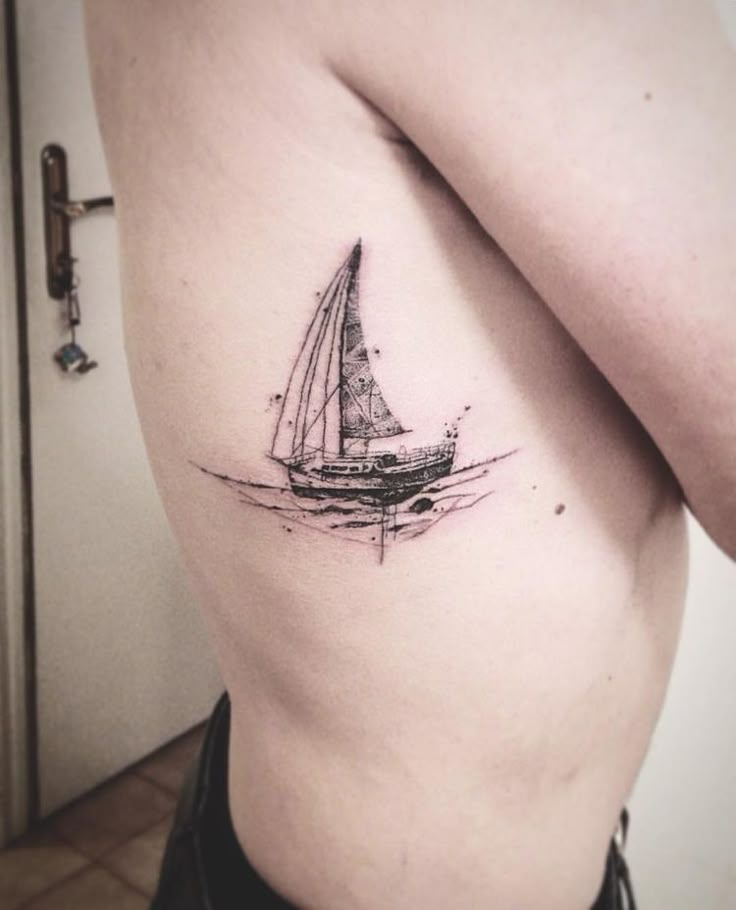

Pin by Rozay Worldz on tattoos ideas | Boat tattoo, Sailing tattoo, Ship tattoo
Selection from Pinterest
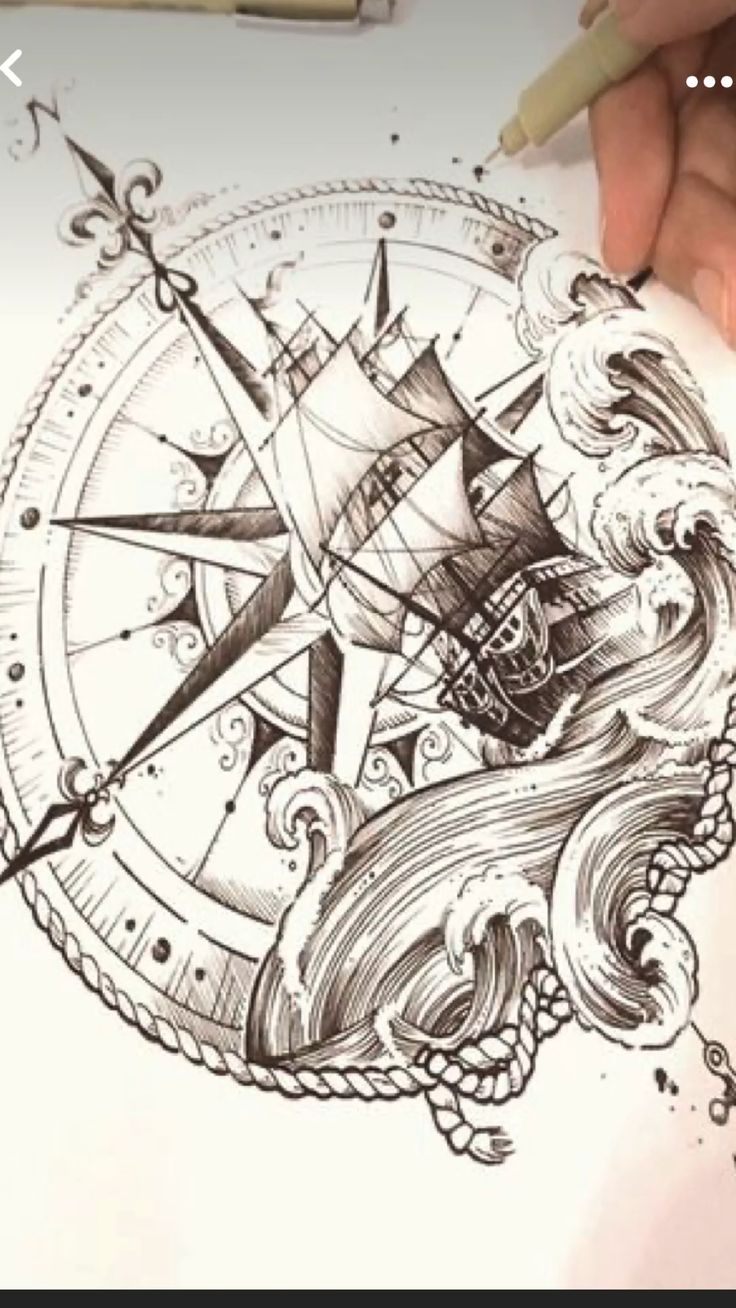

Nautical Tattoo Idea
Selection from Pinterest
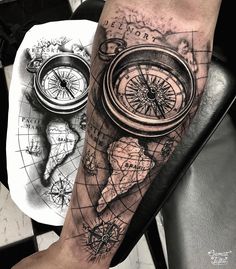

Tattoos: Discover 11 Nautical tattoos ideas on this Pinterest board | nautical tattoo, pirate tattoo and more
Selection from Pinterest
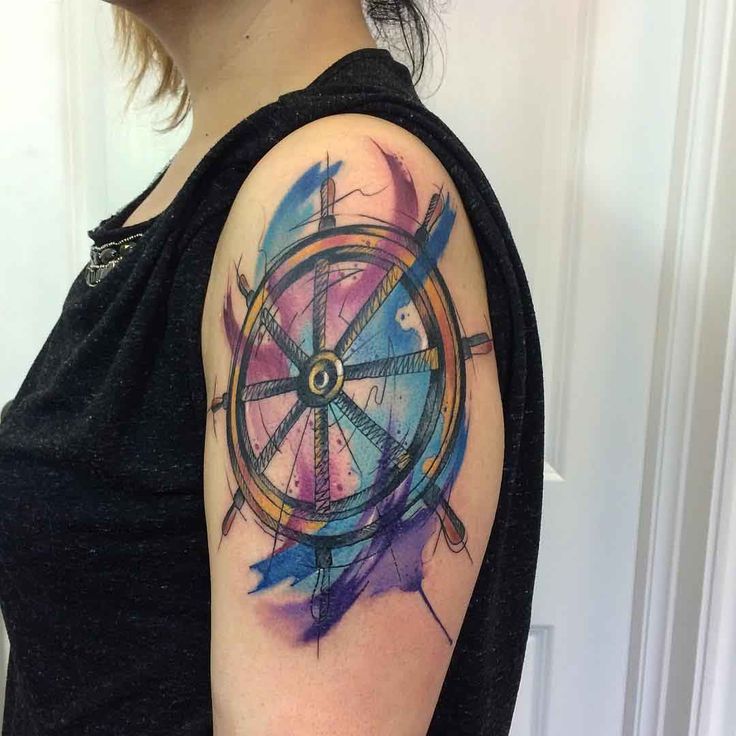

Nautical tattoos – Best Tattoo Ideas Gallery
Selection from Pinterest
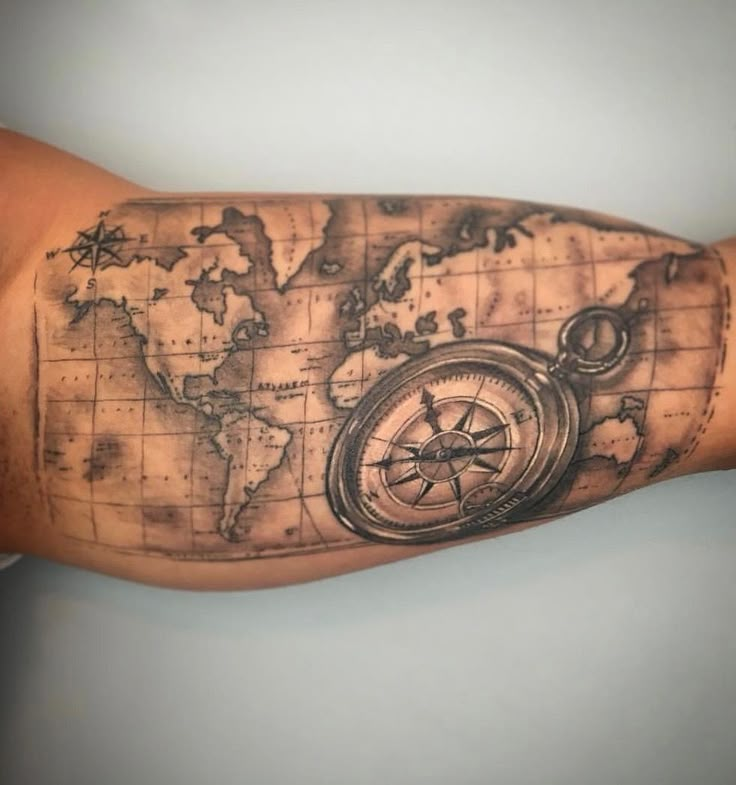

Pin by Petr Budínský on Tetování | Map tattoos, Globe tattoos, Nautical tattoo sleeve
Selection from Pinterest
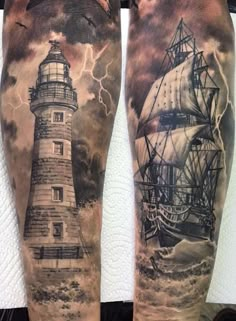

100 nautical tattoos sleeves and tattoos ideas to save today | nautical tattoo sleeve, sleeve tattoos, nautical tattoo and more
Selection from Pinterest
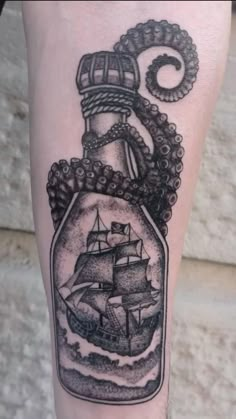

Discover 9 nautical tattoos and tattoos ideas | nautical tattoo, ship tattoo, sleeve tattoos and more
Selection from Pinterest


340 Nautical Tattoo ideas | nautical tattoo, tattoos, ship tattoo
Selection from Pinterest


Discover 47 Nautical Tattoos and tattoos ideas | sailor jerry, traditional tattoo, old school tattoo and more
Selection from Pinterest
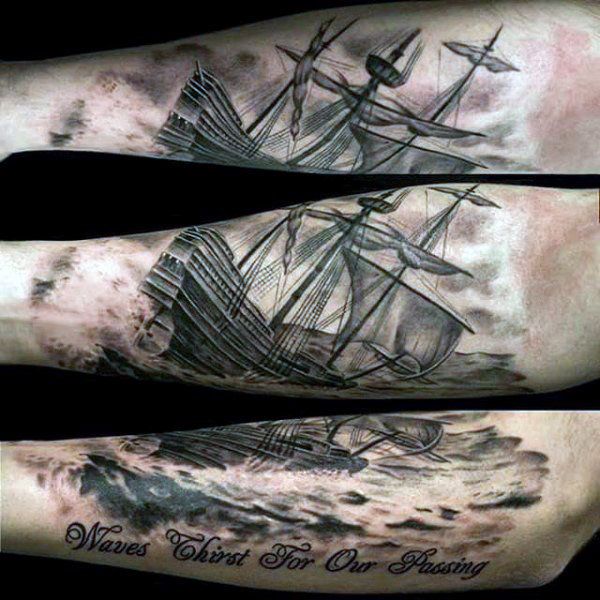

70 Unique Ship Tattoo Ideas for Men
Selection from Pinterest
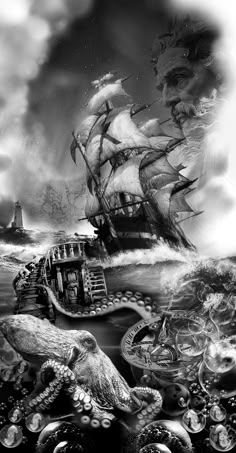

Discover 210 Nautical Tattoo Designs and nautical tattoo ideas on this Pinterest board | tattoo designs, tattoos, sleeve tattoos and more
Selection from Pinterest
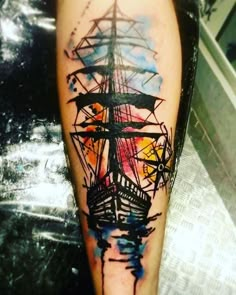

140 tattoo ideas | pirate tattoo, ship tattoo, nautical tattoo
Selection from Pinterest
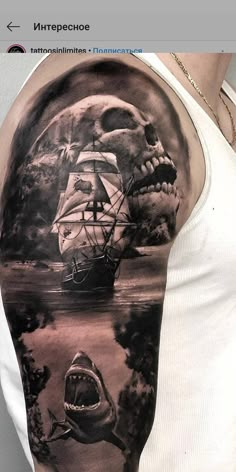

100 Nautical tattoo nautical ideas | nautical tattoo, tattoos, tattoo designs
Selection from Pinterest
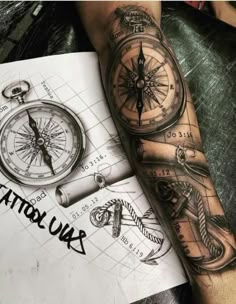

42 sailor tattoo ideas | sailor tattoo, tattoos, nautical tattoo
Selection from Pinterest


70 Unique Ship Tattoo Ideas for Men
Selection from Pinterest
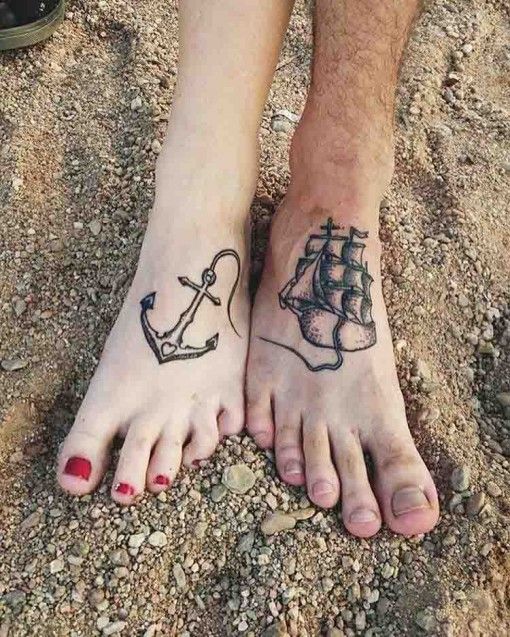

Nautical Couple Tattoos on Feet – Best Tattoo Ideas Gallery
Selection from Pinterest
One App to Store All Your Tattoo Ideas
Store your tattoo ideas in one place and Virtual Try-On them on your body!

Avoid Regrets with 3D Virtual Try-On!
Do a 3D Virtual Try-On to see how your tattoo design looks like on your body before you get it tattooed. Powered by Tatship's AI and 3D technology.



More Tattoo Ideas
Cultural Considerations and Taboos for Nautical Tattoos
While nautical tattoos are generally well-accepted, there are certain cultural sensitivities and taboos to be aware of. In some cultures, specific symbols may have sacred or reserved meanings. For example, in Polynesian culture, certain tattoo designs are traditionally reserved for individuals of high status or specific family lineages. Appropriating these designs without understanding their significance can be seen as disrespectful. Additionally, nautical tattoos that incorporate religious symbols, such as crosses or sacred animals, should be approached with sensitivity to avoid offending those for whom these symbols hold deep spiritual significance. It's important to research and understand the cultural context of any symbols you choose to incorporate into your tattoo to ensure they are used respectfully.
Popular Tattoo Styles and Variations for Nautical Tattoos
Nautical tattoos come in a variety of styles and variations, each offering a unique aesthetic and meaning. Traditional American style, also known as 'old school,' is characterized by bold lines, vibrant colors, and iconic imagery such as anchors, ships, and swallows. This style is deeply rooted in maritime history and remains popular for its classic look. Realism is another popular style, where tattoos are designed to look as lifelike as possible, often featuring detailed depictions of sea creatures, ships, or ocean scenes. Watercolor tattoos offer a more modern take, using soft, blended colors to create a painterly effect that can beautifully capture the fluidity of water. Minimalist nautical tattoos are also gaining popularity, focusing on simple, clean lines and small designs that can be easily placed anywhere on the body. Each style offers a different way to express one's connection to the sea and its symbolism.
Historical Origins and Evolution of Nautical Tattoos
The history of nautical tattoos is deeply intertwined with the history of seafaring itself. Sailors have been getting tattoos for centuries, with the practice becoming particularly popular in the 18th and 19th centuries. These tattoos served not only as personal mementos of their journeys but also as talismans for protection and good fortune. The anchor, for example, became a symbol of hope and steadfastness, while the swallow was believed to ensure a safe return home, as these birds were known to always find their way back to land. Nautical tattoos also served as a form of identification, with certain symbols indicating a sailor's rank or achievements. Over time, these tattoos have evolved beyond their maritime origins to become popular among a wider audience, appreciated for their rich symbolism and aesthetic appeal.
